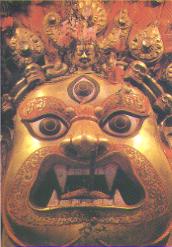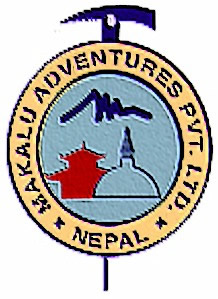Kathmandu Valley of Nepal


he Kathmandu Valley has an exotic setting. It is surrounded by a tier of green mountain wall above which towel mighty snow-capped peaks. It consists of three main town of great historic, artistic and of cultural interest: Kathmandu, Patan and Bhaktapur. The Kathmandu Valley covers an area of 218 sq. miles. It is situated 4,423 ft. above sea-level.
The ancient Swasthani scripture telI of Lord Shiva, supreme among Hindu gods, who came down to the Kathmandu Valley to escape boredom. e came as a tourist, if that is the apropriate word, but he was neither among the first nor the last of the gods to visit the Valley. Visitors have come to Nepal since times forgotten. And though the country is much different today than it was in ancient times, it has not diminished in charm; the increase in the number of visitors over the years is a living proof. Those who come to the Valley today will appreciate a lot more than Lord Shiva did in his tour. The architecture started here by the Lichhavi and Malla kings is one such example. Much of the greenery that Lord Shiva saw is gone, but the forests surrounding Pashupati, where he stayed, are still intact. The seven World Heritage Sites in the Kathmandu Valley - designated by the United Nations Educational, Scientific, and Cultural Organization (UNESCO) - are the highlights of the Valley.
After seeing one or all of the monuments of the Kathmandu Valley, the visitor needs to realize that, of course, the World Heritage Sites are only the tip of the iceberg. There are countless other monuments to see in the Kathmandu Valley, as there are shrines, statues, and religious images in almost every alley. Only the gods know how old most of these are. There are many pleasant walks and hikes around the Valley, with the Himalaya as a grand backdrop. And the original charm which lured Lord Shiva still welcomes you. Welcome to Nepal, the country where the gods come to holiday!

